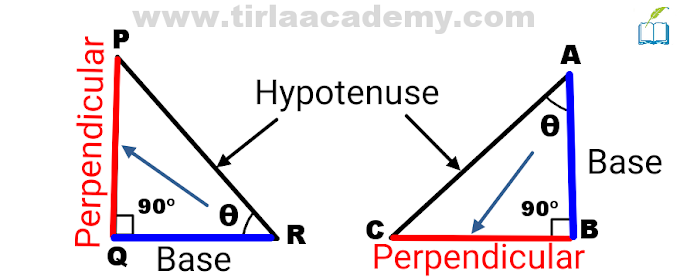Discover the calm, clarity, and confidence that come with inner peace.
Ever wondered what it truly feels like to be at peace—even when life’s chaos is in full swing? Inner peace isn’t about escaping problems; it’s about finding a steady calm at your core. It lets you remain clear, grounded, and centered—no matter what’s happening outside.
What Inner Peace Is
Inner peace, or peace of mind, is a deliberate state of mental and emotional calm—even during stress or uncertainty. It’s a stable sense of balance and serenity that isn’t shaken by daily ups and downs. Rather than being the absence of emotion, it’s a calm center amidst movement.
What Inner Peace Looks Like
Calmness: You feel a sense of quiet clarity instead of anxiety.
-
Emotional balance: You respond thoughtfully—not reactively—to situations.
-
Contentment: You're at ease with where you are, without craving more.
This piece supports personal growth, better decision‑making, and a mental state that handles challenges with composure.
Why Inner Peace Matters
- Reduces stress and anxiety: It lowers mental tension and brings clarity.
- Boosts focus and creativity: A calm mind can think more clearly and solve problems.
- Enhances relationships: You connect from a place of emotional stability and presence.
- Improves health: Peace often corresponds with better sleep, lower blood pressure, and a stronger immune system.
- Increases resilience: You recover from difficult events faster when centered and composed.
How to Cultivate Inner Peace
-
Practice mindfulness or meditation daily – even five minutes of focus on your breath helps clear mental clutter.
-
Stay present – accept what is before worrying about what may be.
-
Release negativity – let go of grudges, fears, and doubts through awareness and acceptance.
-
Maintain balance through healthy sleep, nourishing meals, movement, and rest.
-
Set boundaries in relationships and work to protect your mental space.
-
Limit screen time and digital overload to restore mental clarity.
-
Spend time in nature – outdoors often fosters a deep sense of peace.
-
Cultivate gratitude – focus on blessings to shift toward calm and well-being.
These practices build self-awareness and emotional regulation, helping you respond to stress with intention, not reaction.
Wisdom from Real Practice
People describe inner peace as an ongoing practice, not a fixed state—something renewed through simple rituals like walking, journaling, or being present with others.
-
It’s understood as a personal responsibility, nurtured daily through deliberate choices.
-
Practitioners note that inner strength—found in stillness—serves as the anchor that holds peace steady through external storms.
Final Thoughts
Inner peace isn’t perfection—it’s choosing your center over chaos. It’s calm in action and clarity in confusion. By nurturing mental balance, releasing negativity, and living with awareness, you can find grounding that transforms how you experience life. Inner peace isn’t passive—it’s powerful, purposeful, and possible.





